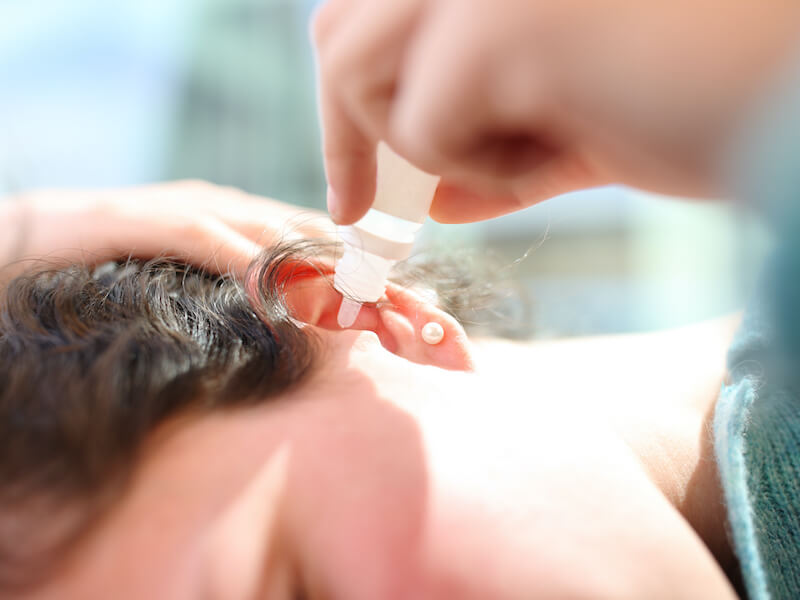
Don’t neglect cleaning your ears. It’s difficult not to say that in your “parenting” voice. Maybe you even recall getting that advice as a kid. As you get caught up in past nostalgia, that sort of memory can take you back to simpler times.
But it’s also great advice. Out-of-control earwax accumulation can cause a substantial number of problems, especially for your hearing. Even worse, this organic substance can solidify in place making it difficult to clean out. In a nutshell, the clearer you keep your ears, the better off you’ll be.
Excessive earwax? Eww!
Earwax is, well, kind of gross. That’s a viewpoint that most people share. But earwax does serve a purpose. Created by special glands in your ear and pushed outwards by the chewing motions of your jaw, earwax can help keep dust and dirt out of your ears.
So your ears will stay clean and healthy when they produce the ideal amount of earwax. However counterintuitive it seems, the reality is that earwax itself is not a sign of poor hygiene.
Too much earwax is where the trouble starts. And it can be rather challenging to know if the amount of earwax being created is healthy or too much.
What is the impact of accumulated earwax?
So, what kind of impact does excess earwax have? There are several problems that may develop as a result of out-of-control earwax or earwax that builds up over time. Those issues include:
- Tinnitus: When you hear ringing or buzzing that isn’t actually there, you’re usually suffering from a condition called tinnitus. Tinnitus symptoms can appear or get worse when earwax accumulates inside your ear.
- Dizziness: Your ability to manage balance depends heavily on your inner ear. So when excess ear wax causes your inner ear to have issues, your balance can suffer, causing dizziness.
- Earache: One of the most prevalent signs of excess earwax is an earache. It doesn’t have to hurt too much (though, in some cases it can). This typically occurs when earwax is causing pressure in places that it shouldn’t be.
- Infection: Excess earwax can lead to ear infections. Sometimes, that’s because the earwax can lock in fluid where it shouldn’t be.
These are just a few. Headaches and discomfort can occur because of unchecked earwax buildup. If you use hearing aids, excess earwax can interfere with them. So too much earwax might make you think your hearing aids are having problems.
Can your hearing be affected by earwax?
Well, yes it can. Hearing loss is one of the most common issues connected to excess earwax. When earwax builds up in the ear canal it causes a blockage of sound causing a kind of hearing loss known as conductive hearing loss. The problem usually clears up when the earwax is removed, and usually, your hearing will return to normal.
But there can be long-term damage caused by accumulated earwax, particularly if the buildup gets severe enough. The same is true of earwax-caused tinnitus. It’s normally not permanent. But the longer the excess earwax sticks around (that is, the longer you ignore the symptoms), the bigger the risk of long-term damage.
Prevention, treatment, or both?
If you want to safeguard your hearing, then it makes sense to keep an eye on your earwax. In many circumstances, earwax accumulation is caused not by excess production but by improper cleaning (a cotton swab, for instance, will frequently compress the earwax in your ear instead of removing it, eventually causing a blockage).
It will usually call for professional eradication of the wax that has become solidified to the point that you can’t get rid of it. You’ll be capable of starting to hear again after you get that treatment and then you can start over, cleaning your ears the right way.
References
https://my.clevelandclinic.org/health/diseases/14428-ear-wax-buildup–blockage